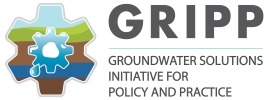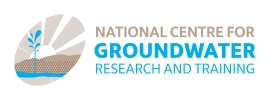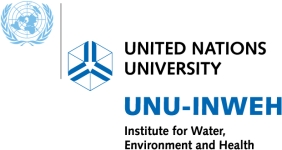Securing large-scale emergency water supplies in arid regions through innovative aquifer storage and recovery
Strategic water reserve – What is it?
Aquifer storage and recovery (ASR) involves the injection of freshwater into an aquifer through wells or infiltration basins to create a subsurface water supply that is recovered at a later time. Called strategic water reserves (SWR), these serve to meet seasonal, long-term, emergency, natural crisis or other demands. The United Arab Emirates (UAE), Gulf Cooperation Council (GCC) countries as well as other arid countries rely on desalinated seawater as the main source of freshwater for multiple uses, supporting sustainable development and economic security in their communities. The cost of desalination is normally considered prohibitive for large-scale water supply, but Middle Eastern countries traditionally produce lower cost desalinated water by using energy from petroleum by-products (natural gas).
It has been proposed that the best long-term solution for averting water crises in arid countries, especially with public water supplies, is to build a network of large-scale desalination plants. The problem facing GCC countries, however, is the vulnerability of desalination plants to pollution, natural crises and security conflicts. Possible alternatives for securing freshwater sources for emergency and peak demand conditions are to: (1) increase storage capacity of surface reservoirs and distribution networks, or (2) use ASR systems. It has been argued that increasing the storage capacity of surface reservoirs and distribution networks is very expensive and not environmentally friendly. Hence, the alternative solution to store water in aquifers using ASR techniques is presently being tested and implemented on a large scale. For example, the maximum volume of water stored in surface reservoirs and distribution networks in GCC countries is typically enough only for a few days. Thus, in any prolonged crisis or emergency, the stored water will not meet demand. The ASR technique importantly serves to store excess desalination water during non-peak hours or seasons for reliable recovery during emergency or peak hours or periods.
The success of an ASR scheme is normally measured in terms of recovery efficiency, defined as the percentage of water injected into a system in an ASR site that is recovered and has the targeted water quality when recovered. The recovery efficiency is controlled by a wide variety of factors, including ambient hydraulic gradient; aquifer permeability, porosity, heterogeneity, thickness, and confinement of the aquifer; ambient groundwater density and quality; injected water density and quality; and the ASR operation. If the aquifer transmissivity is too high, the injected water can migrate excessively (sometimes beyond the capture zone of the ASR well) and in turn reduce recovery efficiencies. Therefore, the optimum transmissivity is within a limited range, depending on desired pumping rates and recovery efficiencies.
Piloting and upscaling activities
In 2005, Abu Dhabi Emirate started to study and evaluate the construction of an ASR pilot project (Figure 1) in Al Dafrah Region, called the Liwa Desert, 160 km from the coast. The initial target of the pilot ASR facilities was to store 11,350 m³ of water using five injection wells and one infiltration basin (Figures 2 to 5). Then, in 2010, after the Abu Dhabi government approved the ASR pilot, a full-scale scheme was designed and implemented. The full project was completed in December 2017, involving about 300 wells to store about 26 million cubic meters (Mm³) of water, enough to supply Abu Dhabi Emirate with emergency water for 90 days.
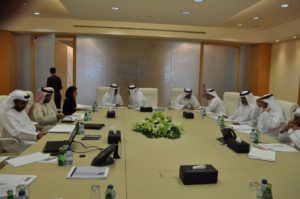
Figure 1. Stakeholders and community consultation at the SWR pilot project, with representatives H. E. Al Bowardy, Minister of State for Defense, UAE, and Razan Al Mubarak, Secretary General, Environment Agency – Abu Dhabi (photo: M. A. Dawoud).
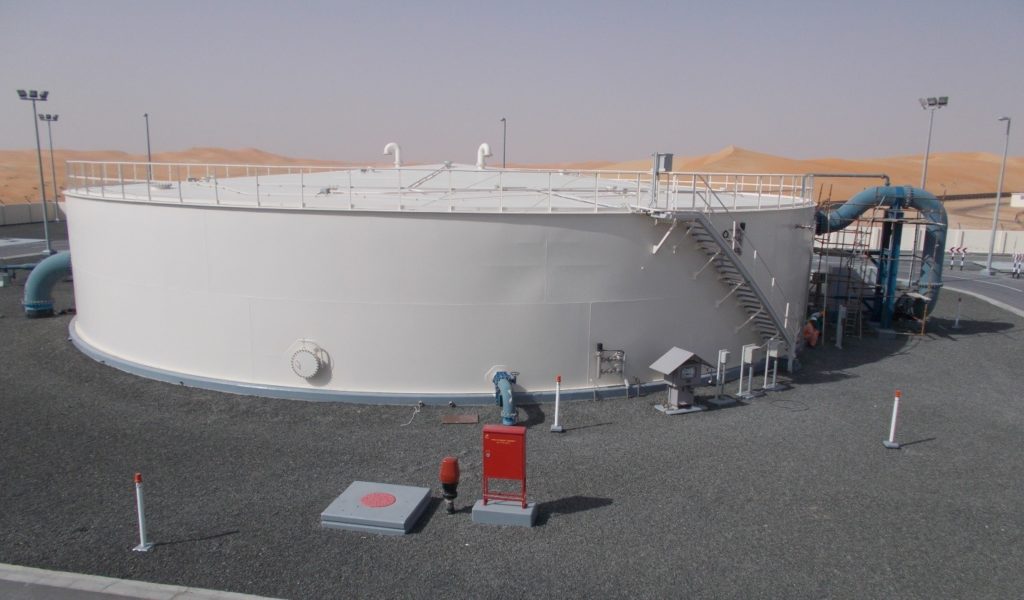
Figure 2. Surface storage tank (Credit: Project Team)
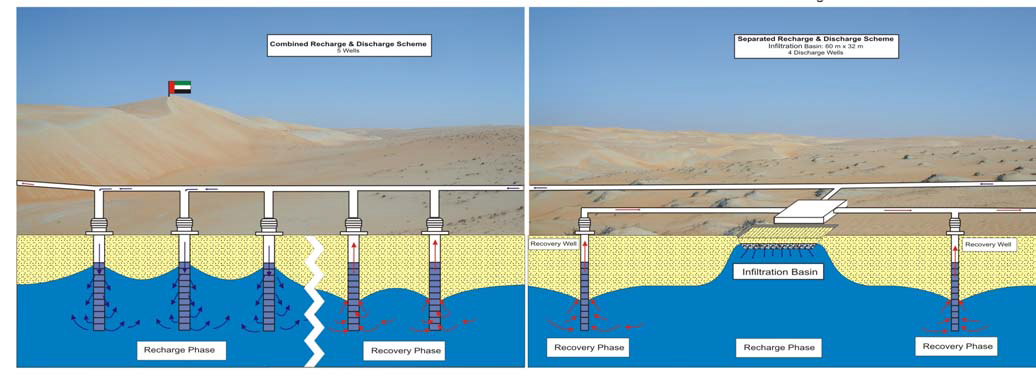
Figure 3. The SWR pilot facility layout and design (source: GTZ/DCO)
Findings and early experience from the pilot
A two-year assessment of the pilot results, using advanced technology and automated monitoring systems, indicated that ASR, under the given circumstances, can be used efficiently as a tool for SWR [1]. The scheme employed two concepts – the injection of desalinated water via four dual-purpose wells (well gallery scheme with wells working to both inject and abstract water) and infiltration through an infiltration basin, and later recovery of water from both schemes through dual-purpose wells – and both functioned perfectly during the pilot project. Long-term operation of the infiltration basin proved that this scheme could easily infiltrate a constant volume flow of 250 m³/hour of water, as per its design. During the infiltration period of 250 days, there were no indications of decreasing recharge capacity. The recovery of recharged groundwater via the recovery wells arranged around the infiltration basin functioned without problems. There was no indication of reduced well performance over time [2] [3].
As the infiltrated desalinated water mixes with the native groundwater and dissolution of soluble aquifer material takes place, the quality of the recovered water changes. The pilot observations and modelling results demonstrate that the recovered water most likely complies with Abu Dhabi’s drinking water standards under both ASR scenarios studied [4].

Figure 4. Construction of project infrastructure (left) and recovery and monitoring wells (right) (photo: M. A. Dawoud).

Figure 5. Community participation during the construction of the project, with representatives Razan Al Mubarak, Secretary General, Environment Agency – Abu Dhabi (photo: M. A. Dawoud).
What’s next?
The findings from more than a decade of testing and implementation of the unique USD 350 million ASR scheme, using desalinated water at scale in Abu Dhabi, UAE, are encouraging for the attainment of SWR in arid regions. Future efforts will seek to expand the number of pilot/demonstration sites to other hydrogeological, agroecological and socioeconomic conditions in other arid countries, using desalinated water, treated wastewater and surface water. This will be linked to the preparation of practical guidelines and more demonstration sites to aid the outscaling of SWR programs. The Liwa project has proven to be a benchmark case for further rollout of the SWR concept.
The inclusion of SWR in the government policies of arid countries, as evidenced in UAE, opens the way for planners, policy makers and investors to consider SWR when making investment decisions related to the United Nations Sustainable Development Goals (SDGs), including water security (especially under emergency conditions), climate change adaptation, and rural and urban development. With high investment costs and dependence on excess water, mostly generated through desalination, the technology holds promise particularly for Middle Eastern countries with strong economies, and strong linkages between water and energy production. There is also a reason to believe that SWR has potential beyond the UAE and GCC countries, especially if new water can be produced using solar energy [5]. The concept applied in UAE could be widely applicable, offering positive environmental impacts compared with other solutions in arid regions [6].
[1] Dawoud, M.A. 2008. Strategic water reserve in Abu Dhabi Emirate. Araa Magazine. Dubai, UAE: Gulf Research Center (GRC).
[2] GTZ ((Deutsche Gesellschaft für Technische Zusammenarbeit); DCO (Dornier Consulting). 2002. Abu Dhabi aquifer storage and recovery project: Final feasibility study report.
[3] GTZ; DCO. 2005. Artificial recharge and utilization of the groundwater resource in Liwa Area. Final pilot project report, Abu Dhabi, UAE. 101p.
[4] Stuyfzand, P.J.; Smidt, E.; Zuurbier, K.G.; Hartog, N.; Dawoud, M.A. 2017. Observations and prediction of recovered quality of desalinated seawater in the strategic ASR project in Liwa, Abu Dhabi. Water 9(3): 177. https://doi.org/10.3390/w9030177
[5] Piesse, M. 2018. Groundwater storage improves the UAE’s water resilience: Could it be a model for the Middle East? Future Directions International website, February 7, 2018. Available at http://www.futuredirections.org.au/publication/groundwater-storage-improves-uaes-water-resilience-model-middle-east/ (accessed on August 8, 2018).
[6] Dawoud, M.A. 2010. Three dimensional geodatabase based model for groundwater aquifer storage and recovery pilot experiment. In: Proceedings of the 7th International Symposium on Managed Aquifer Recharge (ISMAR7), Abu Dhabi, UAE, October 9-13, 2010.
Mohamed A. Dawoud
Environment Agency – Abu Dhabi (EAD), Abu Dhabi Emirates, United Arab Emirates (UAE); Email: mdawoud@ead.ae






